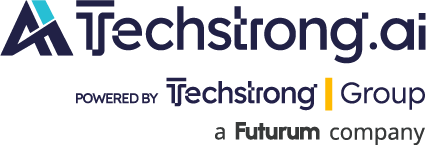Synopsis: In this Techstrong AI interview, Steve Watt, vice president and distinguished engineer at the Office of the CTO for Red Hat, discusses what constitutes true open source artificial intelligence (AI) in an era where not all AI platforms are equally open.
In this Techstrong AI video interview, Mike Vizard talks with Steve Watt, distinguished engineer at Red Hat, about the evolving debate over what constitutes “open” AI models, particularly regarding access to AI model weights. Watt explains that the term “open source AI” is being used too loosely, often without meeting the traditional standards of open source software. He highlights the risks enterprises face, especially when models are re-licensed improperly after fine-tuning, making it difficult to verify the true openness of a model without extensive investigation. He stresses the importance of scrutinizing AI model licenses closely, favoring familiar, permissive licenses like Apache 2.0.
The conversation also explores how open source innovation is rapidly accelerating the AI space, similar to past tech movements, although high infrastructure costs still pose barriers. Watt anticipates a rise in smaller, purpose-built models that are more cost-effective and easier to deploy, particularly at the edge where compute resources are limited. Techniques like model distillation and quantization will help adapt large models for constrained environments, and open source frameworks will be crucial to keeping edge AI deployments affordable and manageable.
Looking ahead, Watt emphasizes that organizations need to focus on solving real-world problems rather than chasing technology trends for their own sake. He shares insights from Red Hat’s internal AI initiatives, where solutions were more successful when they directly addressed specific team needs rather than offering generic automation. Ultimately, success in AI adoption hinges on starting with clear problems, being mindful of infrastructure constraints, leveraging flexible compute options, and ensuring AI deployments are governed, cost-effective, and aligned with practical business goals.

